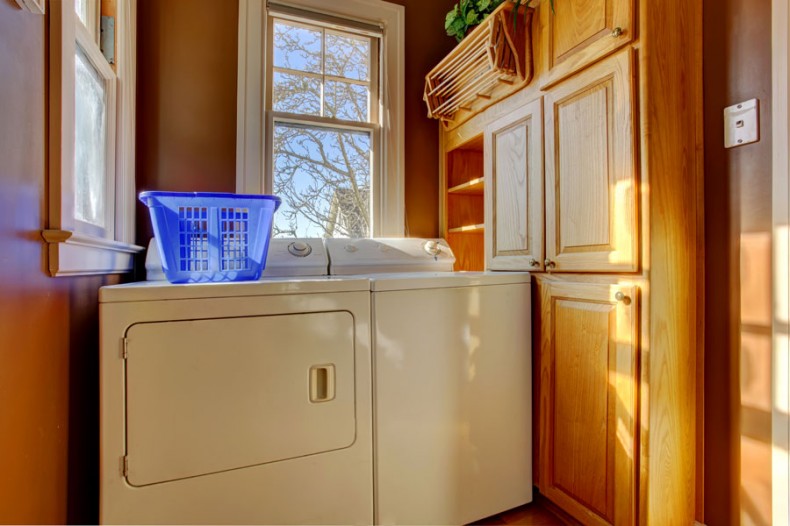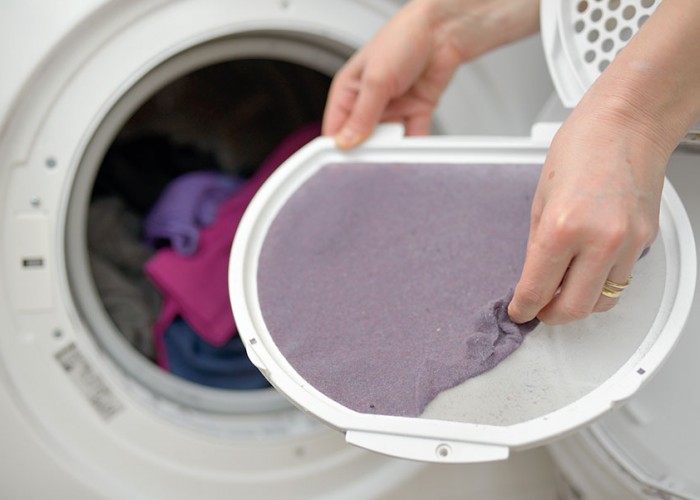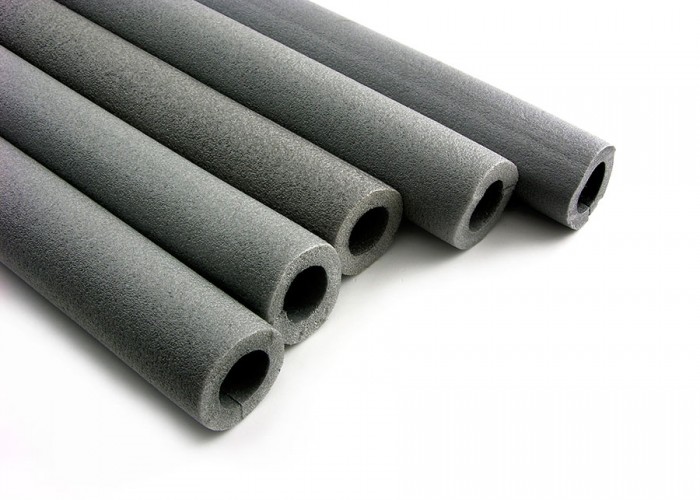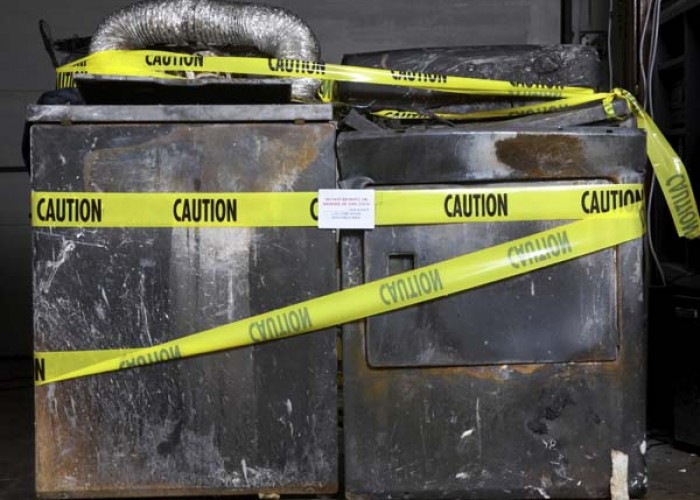Can a Heat Pump Water Heater and Clothes Dryer Work Together?
Several complexities make venting inside a home risky
By Jonathan Susser
Q: I just installed a heat pump hot water heater in the same room as the electric dryer in the basement. The heat pump takes the heat and moisture and blows out cold air, so I was thinking of adding an option to my dryer to vent inside instead outside, just in winter. I understand the concern was the moisture and mold, but what about this case with electric water heater?
digit—Hugo via carolinacountry.com
A: Congratulations on your new heat pump water heater (HPWH), Hugo; I’m about to install one in my home. I first want to celebrate your creativity and ingenuity wanting to optimize an HPWH next to an electric dryer.
My initial thought to whether there is benefit to having an electric clothes dryer exhaust vent to the same room as an HPWH is: maybe. But it’s not likely to work well because of complexities such as different air volumes, moisture amounts and lint. (Check my logic if you want to volunteer to do some field research at your home, but please be careful!)
Different air volumes
It has been my experience that electric clothes dryers typically move 200-300 cubic feet per minute (CFM) of air during operation. I have not been able to determine the air flow of an HPWH from manufacturer’s websites; I suspect that the airflow through the unit during operation is much less than 200 CFM. As a result, unless you have a dairy processing facility, canning operation or other large demands for hot water, the volume of output air from clothes dryers is going to be much more than the volume of air for the intake side of the HPWH. This may then lead to undesirable moisture build up.
Moisture amounts
Depending on how much laundry is done each day/week will determine the amount of output moisture from the clothes dryer. Also the efficiency and spin speed of the washing machine often determines how much moisture is left in the clothes to influence how long the clothes dryer must run for each load. If you wanted to weigh/calculate these parts of the process, you could to get a better idea of the influence, matching or mismatching of the different processes.
Clothes dryer lint
Because HPWHs move warm air across a coil, they also have filters protecting that coil that need to be cleaned as part of normal operation (similar to your home’s heating system). And because lint often gets past the clothes dryer lint filter and into the exhaust duct, directing a clothes dryer exhaust into a room can also cover it in a layer of lint. If/when this room lint gets into the HPWH filter, the efficiency of the HPWH may be reduced at the least or suffer damage at the worst.
Again, I commend you for your creativity and ingenuity, but unless you are ready to get into the complexities of these layers and possibly more, I would recommend sticking with the manufacturer’s installation/operating recommendations for both appliances.
-
Share this story:






Comments (3)
My concerns with the model I've found is that it is plastic and may be cheaply made.
Jorge |
April 23, 2021 |
reply
I was contemplating the same. Did you decide to go ahead with the change? If so, what are your thoughts? Thanks!
Dee |
December 17, 2022 |
reply
Any answers?
D Link |
February 28, 2023 |
reply